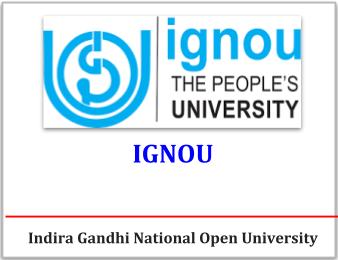(HOT) UPSC Current Affairs 2025 PDF
NEW! The Gist (OCT-2025) | E-BOOKS
IGNOU HISTORY NOTES : India Earliest Times to the 8th Century A.D - Growth of Tamil Language and Literature

IGNOU HISTORY Study Notes for IAS, UPSC Exams
India Earliest Times to the 8th Century A.D
Growth of Tamil Language and Literature
Structure
31.0 Objectives
31.1 Introduction
31.2 Early Evidences
31.3 Heroic Poems
31.3.1 Classification
31.3.2 Techniques of Composition
31.3.3 Roblems of Dating
31.3.4 The Poetics
31.3.5 Literary Development
b 31.4 Other Compositions 31.5 Let Us Sum Up
31.6 Key Words
31.7 Answers to Check Your Progress Exercise
31.0 OBJECTIVES
After reading this Unit, you will be able to learn:
- how old is the Tamil language and literature,
- what are the Tamil Heroic Poems,
- how were they composed and classified,
- what are their literary merits, and
- which are the other compositions of the period.
31.1 INTRODUCTION
In the previous Units you learnt how settlementsgrew up, agriculture began to expand
and trade flourished in Tamilzakam. Trade brings in immigrants and opens up avenues
of interaction between local people and outsiders within the region. Interaction of
cultures helps the growth of language and literature in a region. In this Unit you will be
made familiar with the growth of the Tamil language and literature.
31.2 EARLY EVIDENCES
Tamil had become aliterary language i.e., a full-blown language with its own system of
writing, at least by third century B.C. if not earlier. The earliest evidence for the Tamil
literary tradition i.e. the tradition of writings in the language comes from the Tamil
Brahmi inscriptions in the Jain and Buddhist caves from the Tamil Brahmi hills. These
inscriptions are in the form of labels of persons or bodies who donated the caverns. The
major centres of these label inscriptions are Arittappatti (Mauylam, Madurai),
Karungalakkuti (Melur, Madurai) , Kongarpuliyamkulam(Madurai),Azakarmalai b (Madurai). Many Tamil words along with the local adaptations of Sanskrit and
PrakriWali occur in the labels. Nigamattor (the member of a nigaman and Vanikan (he
who is engaged in Vanibham trade) may be cited as two examples for the Tamil
adaptations of the Sanskrit words. It has \ro be noted that the Tamil language used in
these labels was different hom the literary Tamil. The difference was due to the Jain
and Buddhist immigrants from the north who were introducing a (considerable
member) of Sanskrit and PrakriWali terms. These terms were adapted to suit the I linguistic structure of the Tamil language. The combination of names of persons,
I professions and places that figure in the inscriptions gives clues to the currency of Tamil
as a literary language. The period of these label inscriptions is roughly between c. 200
b B.C. and A.D. 300. The Tamil heroic poems, popularly called the Sangam literature,
constitute the major evidence for the old Tamil literary tradition.
Click here to download full Chapter
Courtesy: eGyanKosh


